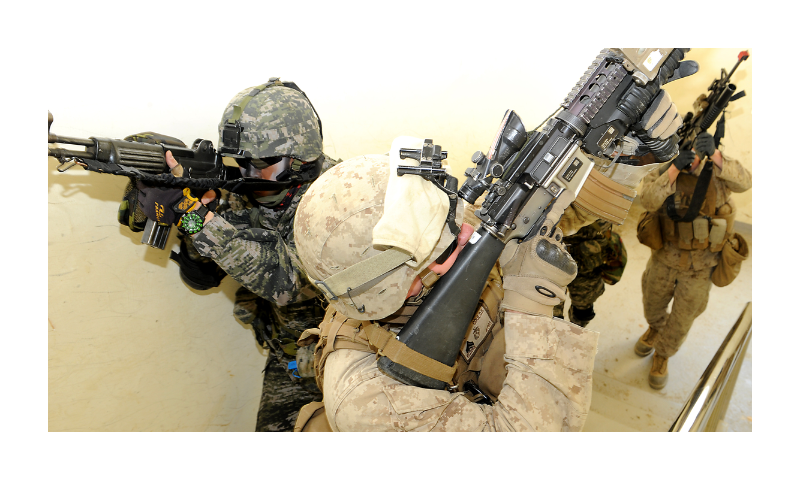David Kilcullen
Foreign Affairs, Oct. 23, 2023
“Urban combat is slow, grinding, destructive, and horrendously costly in human life.”
Although the details are still difficult to predict, it seems very likely that Israel will mount a land invasion of the Gaza Strip in the near future. If and when that happens, the campaign will feature several elements common to any large-scale, high-intensity urban battle. In the Iraqi cities of Fallujah, Mosul, and Ramadi; the Philippine city of Marawi; the Ukrainian cities of Bakhmut and Mariupol; and many other places, military forces in this century have wrestled with the persistent complications of fighting in urban spaces.
A potential ground assault into Gaza would be no different. It would entail horrendously difficult tactical conditions, including room-to-room combat and tunnel warfare that would lead to massive casualties. It would require fighting on the ground, in the air, and at sea—fighting that must be done in a carefully synchronized fashion. Combat will be slow and grinding, and the resulting devastation will almost certainly test international support for Israel’s invasion. Israeli war planners are almost certainly considering these operational and strategic issues as they decide whether to invade, and—if they go forward—how best to proceed.
LAND, SEA, AND AIR
Most conflicts since the turn of the century have occurred in urbanized, networked, densely populated environments. This is because wars happen where people live, and the world has been urbanizing since the Industrial Revolution. Since 2008, more than half the global population has lived in cities, and experts have predicted that the world population will be 67 percent urbanized by the middle of this century. Moreover, human settlements cluster on coastlines, so urban conflicts require that forces operate on land and sea as well as in the air. As military forces field longer-range weapons, inland areas can increasingly be targeted with sea-based weapons, and land-based weapons can target ships at sea. In this sense, the whole eastern Mediterranean forms a single regional theater, influencing and influenced by events on the ground in Gaza.
… [To read the full article, click here]


